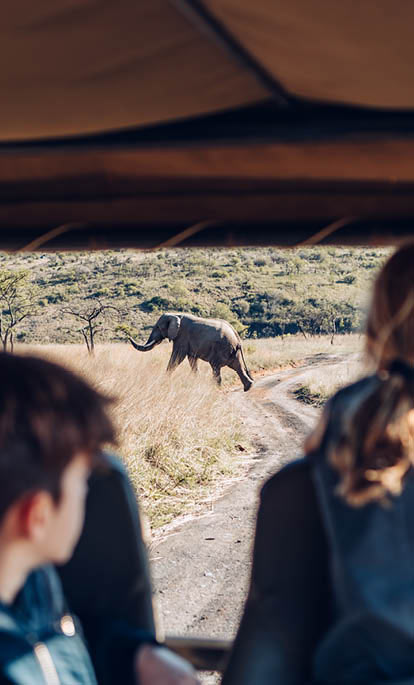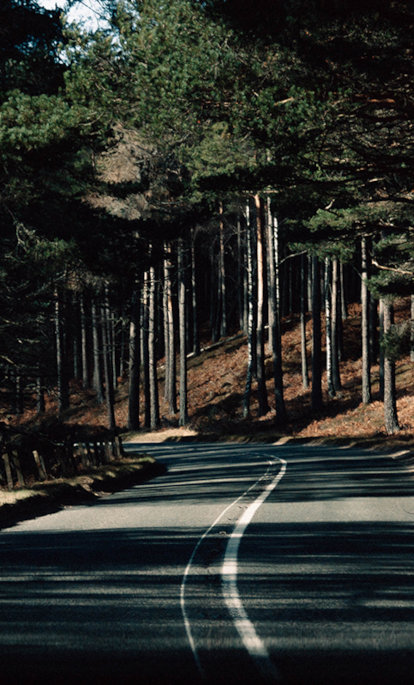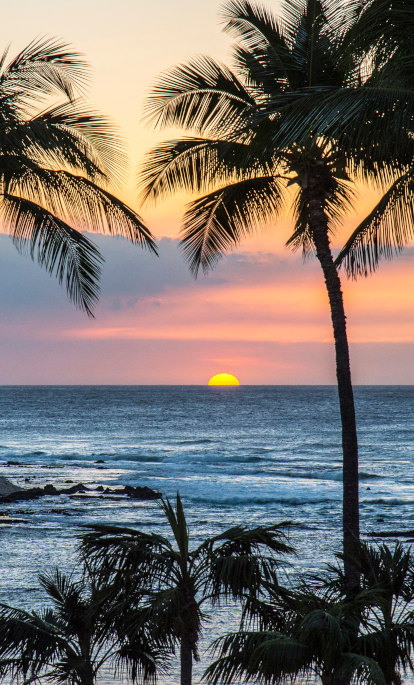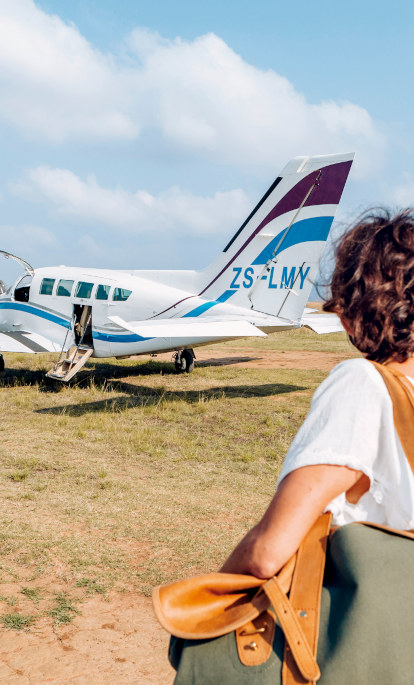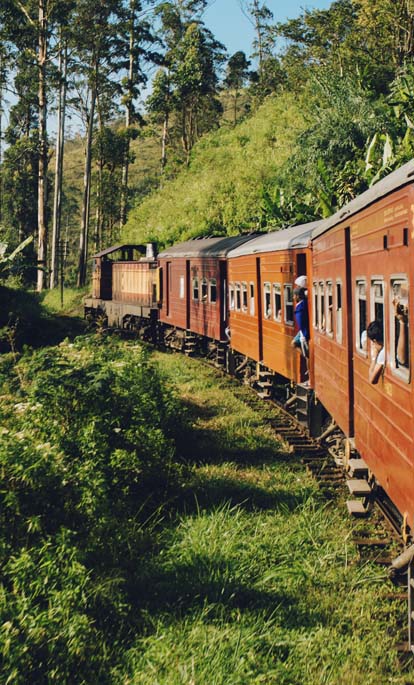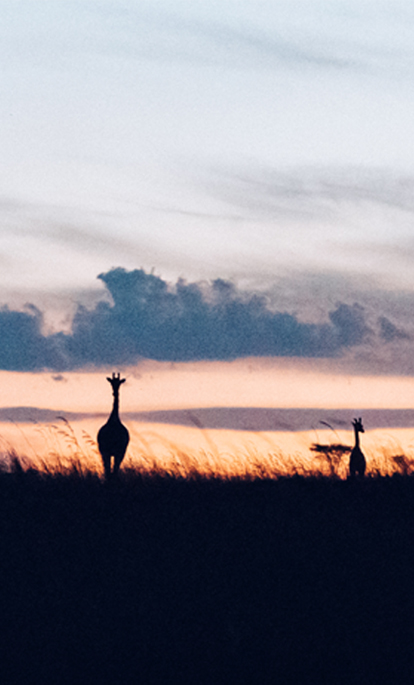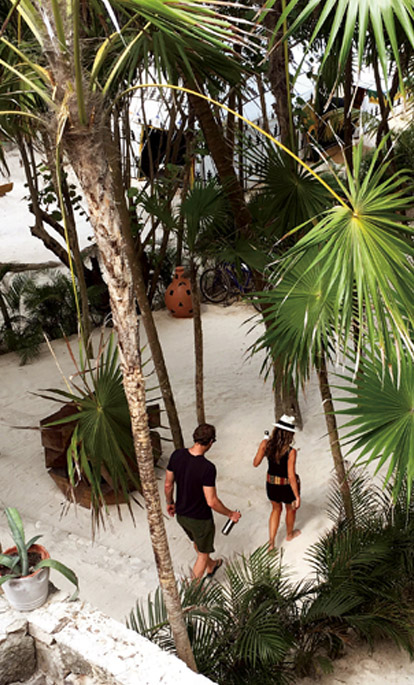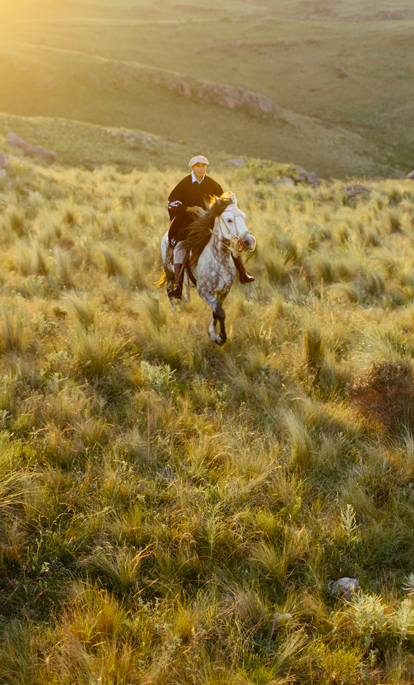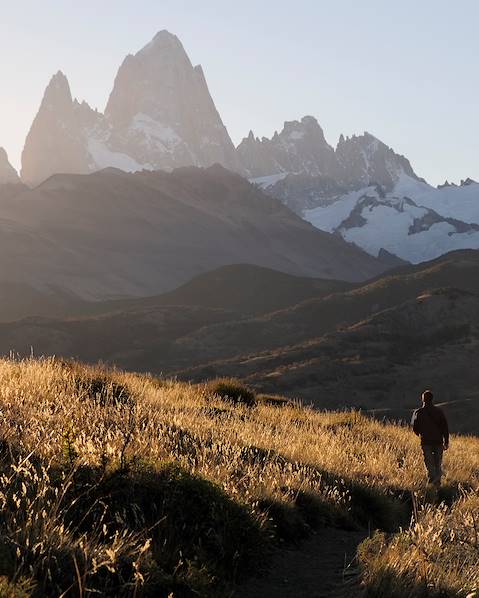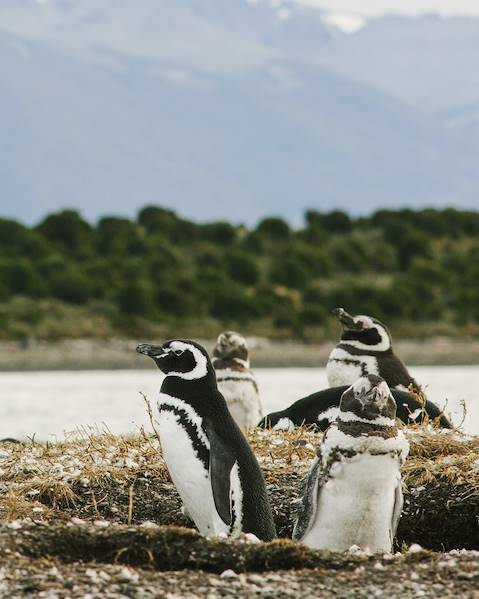Due to Argentina’s immense size and variations in altitude, its climate varies considerably. Awe-inspiring sights can be found in each corner of this vast country; indeed, you may encounter sub-tropical rainforest, sun-drenched cities, wild and windy coastlines, tranquil countryside, epic glaciers and snow-capped peaks, all in a single trip. Plus, if you’re arriving from the northern hemisphere, the seasons switch when you cross the equator. This could seem overwhelming from a packing perspective, but there’s no need to panic. Start your trip the local way: tranquilo. Our guide to what to pack for Argentina has you covered.
Essentials for Argentina
While summer in the north is hot and humid and winter in the south sub-arctic, in general the weather in Argentina is quite temperate. Given many travellers take the opportunity to visit several destinations in one trip, we advise packing light layers to pop on or peel off as necessary. Rainfall in Buenos Aires is spread evenly throughout the year so you’ll be grateful for a waterproof jacket, which will also come in handy for a fun-filled soaking at Iguacu Falls, as well as for days spent further south. Most importantly, you’ll need a pair of comfortable shoes that’ll see you through various occasions, from rambling around the countryside to sightseeing in the city. Aside from determining what to wear, here are a few essentials when thinking about what to pack for Argentina:
- Your passport, valid for at least six months after your return date
- A driver’s license if you’re planning to hire a car
- A camera with extra memory and/or batteries
- A universal adapter
- Your smartphone
- Sun cream (the higher SPF the better)
- It’s also a good idea to keep a copy of your passport, credit cards, travel insurance, and other important documents in cloud storage so that you can access them if you lose your things
Argentina’s Regional Climates
Argentina's varied geography can be grouped into four major regions: the Pampas, the North, the Andes, and Patagonia in the south. Let’s take a closer look at what you’ll need to pack to enjoy Argentina’s diverse weather and terrain, whether you’re dancing summer nights away in the steamy capital or getting your crampons on to scale a glacier.
The Pampas
Highlight: Buenos Aires
Split between the humid east and the dry west and spanning the province of Buenos Aires, as well as parts of Cordoba, La Pampa, and Santa Fe, this region possesses a temperate climate. Buenos Aires, located on the northern edge of The Pampas, enjoys hot summers and mild winters. The average temperatures range from 22–24°C during the summer months (December to February), dropping to around 8–13°C during the winter months (June to August). The annual rainfall is around 39 inches, distributed evenly throughout the year. Essentials here include:
- A handy, easy-to-access bag
- Denim (Argentinians wear jeans year-round, dressed up or down)
- A fun outfit for going out – you won’t want to miss Buenos Aires’ famous nightlife!
And try not to overpack; you’ll want to leave room in your suitcase for souvenirs.
The North
Highlight: Iguacu Falls
In the north of Argentina, the weather is sunny and dry for most of the year, reaching temperatures of 35°C and above. There is also a wet season here from December to March. Expect to enjoy high temperatures and abundant rainfall if you plan to visit Iguacu Falls (and we really think you should). Mesopatamia, encompassing the provinces of Misiones, Entre Ríos, and Corrientes, has a sub-tropical climate and is the country’s wettest region. Include these items in your luggage and you’ll be sure to have an epic time:
- Insect repellent
- A swimsuit and lightweight clothing
- A waterproof bag (especially if you’re joining any of the boat trips around the falls)
The Andes
Highlight: Mendoza
The majestic Andes line Argentina’s western border, from north to south. In some parts of the Andean northwest the annual average temperature tops 20°C. This is in stark contrast to the colder, high-elevation areas (above 11,500ft) where average temperatures are below 10°C. The province of Mendoza experiences both extremes. The renowned wine region is in the eastern foothills, overlooked by Mount Aconcagua, the highest peak in the western hemisphere. Although it’s often warm in the daytime, the mercury drops at night (a key factor in making the famous Malbec wine). If you’re planning to go hiking in the hills before sipping vintages in the vineyards, we recommend packing:
- Trousers and long-sleeved tops (for protection from both the wind and sun)
- Walking boots, if you plan on doing a fair bit of trekking
- A light jacket (for high-elevation days and cool nights)
- Painkillers (to ease headaches induced by altitude or over-indulgence – Argentinian wines are seriously delicious!)
Patagonia
Highlight: Los Glaciares National Park
Land of glaciers, snowboarding, hiking and chocolate, this region includes the provinces of Chubut, Neuquén, Río Negro, Santa Cruz, and Tierra del Fuego. Patagonia boasts a temperate, arid and cool climate. Western gales blow year-round, especially in the summer, while winters can be severe, particularly near Argentina’s southern tip where the glaciers can be explored. Alongside the above essentials, we recommend bringing the following:
- Gloves, a scarf and a hat
- Waterproof or quick-drying trousers
- Warm pyjamas for cold nights
- A sturdy day pack
Now you know what to pack for Argentina, why not give our experts a call to plan your perfect trip? Argentina awaits.
